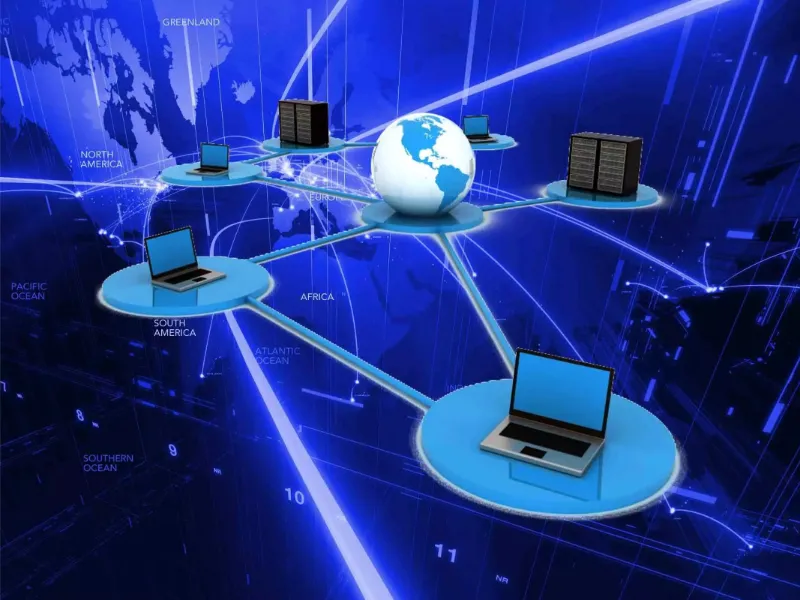- Network protocols are standardised rules and conventions that dictate how data is transmitted, received, and processed across networks.
- Network protocols help manage and configure network devices and services, protect data security and troubleshoot networks.
Network protocols are the backbone of modern communications, providing the necessary structure and rules for efficient, secure and reliable data exchange. By standardising communication practices, managing data transfers, and addressing security concerns, protocols play a vital role in the functioning and success of computer networks. Network protocols are applied in a variety of scenarios to address specific communication needs and challenges.
What are network protocols
Network protocols are standardised rules and conventions that dictate how data is transmitted, received, and processed across networks. These protocols define the format, timing, sequencing, and error-checking methods used in data communication. By establishing a common framework, they enable devices with different hardware and software configurations to communicate effectively.
Also read: What is Routing Information Protocol (RIP)?
Why do we need network protocols
Standardisation and interoperability
Network protocols standardise communication rules, ensuring that devices from different manufacturers and with varying technologies can interact seamlessly. For example, the Internet Protocol (IP) provides a standardised format for addressing and routing data packets across networks, allowing devices worldwide to communicate without compatibility issues.
Data integrity and error handling
Protocols incorporate mechanisms to detect and correct errors that may occur during data transmission, ensuring that the data received is accurate and complete. For example, the Transmission Control Protocol (TCP) includes error-checking features such as checksums and acknowledgment messages, which help detect lost or corrupted packets and request retransmission.
Data security
Many protocols are designed with security features to protect data from unauthorised access and tampering. The Hypertext Transfer Protocol Secure (HTTPS) employs encryption to secure data transmitted between web browsers and servers, safeguarding sensitive information from interception.
Efficient data transmission
Protocols manage how data is segmented, transmitted, and reassembled, optimising network performance and ensuring efficient use of bandwidth. The User Datagram Protocol (UDP) facilitates fast, connectionless communication, making it suitable for real-time applications like online gaming and video streaming where speed is critical.
Network management and configuration
Protocols assist in managing and configuring network devices and services, simplifying network administration and troubleshooting. The Simple Network Management Protocol (SNMP) enables network administrators to monitor and manage network devices, such as routers and switches, from a centralised location.
Also read: Network protocol analysers unlock network insights
Applications of network protocols
1. Web browsing: HTTP and its secure version, HTTPS, are used for transmitting web pages and data between web servers and browsers. HTTPS adds a layer of encryption to protect data from eavesdropping and tampering.
2. Email communication: The Simple Mail Transfer Protocol (SMTP) is used to send email messages, while the Internet Message Access Protocol (IMAP) and Post Office Protocol (POP3) are used to retrieve and manage email messages from servers.
3. File transfer: File Transfer Protocol (FTP) facilitates the transfer of files between computers over a network. Secure FTP (SFTP) adds encryption to ensure that file transfers are secure and protected from unauthorised access.
4. Voice and video communication: The Session Initiation Protocol (SIP) is used to establish and manage voice and video calls over IP networks. The Real-time Transport Protocol (RTP) handles the delivery of audio and video data, ensuring real-time communication.
5. Network security: IPsec (Internet Protocol Security) is used to secure IP communications by encrypting and authenticating data packets. SSL/TLS (Secure Sockets Layer/Transport Layer Security) provides encryption for data transmitted over various applications, including web and email communications.

